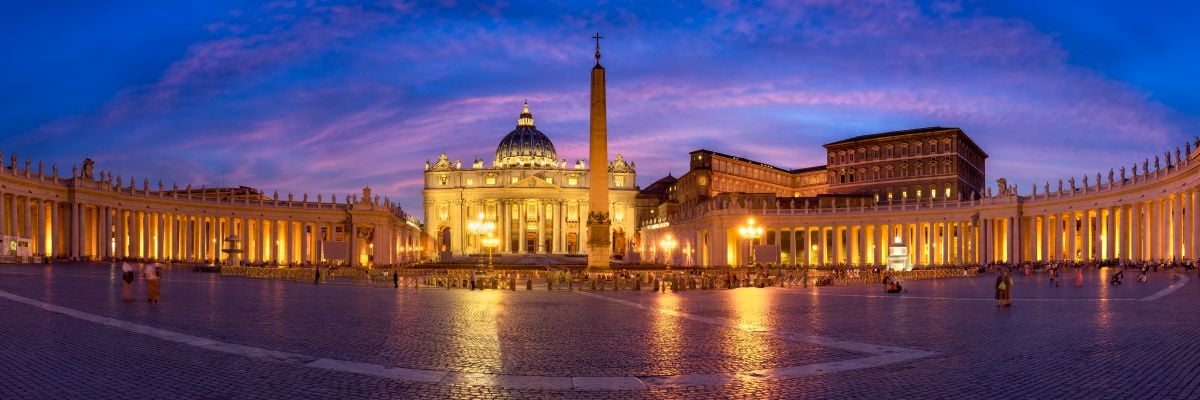
Question:
Answer:
You are referring to paragraph 8 of Lumen Gentium (LG), Vatican II’s Dogmatic Constitution on the Church. The word subsists has often been misunderstood and sometimes willfully misrepresented.
It does not mean exists as a subset, as if only a part of the Church exists in the Catholic Church, meaning others part exist elsewhere. Rather, subsists means to “exist as a substance,” and there is only one substance of the Church, i.e., the Catholic Church, as LG 8 conveys:
This Church constituted and organized in the world as a society, subsists in the Catholic Church, which is governed by the successor of Peter and by the bishops in communion with him, although many elements of sanctification and of truth are found outside of its visible structure. These elements, as gifts belonging to the Church of Christ, are forces impelling toward catholic unity (emphasis added).
So why subsists in instead of is? As Cardinal Joseph Ratzinger, then prefect of the Sacred Congregation for the Doctrine of the Faith, summarized well in the 2000 declaration Dominus Iesus (DI):
This is why LG 14 can speak about those who are fully incorporated or members of the Church versus those who are linked—baptized Christians but not fully incorporated—i.e., our Protestant brothers and sisters (LG 15; see also CCC 846-48).



